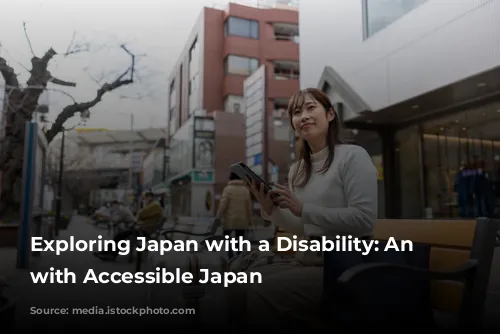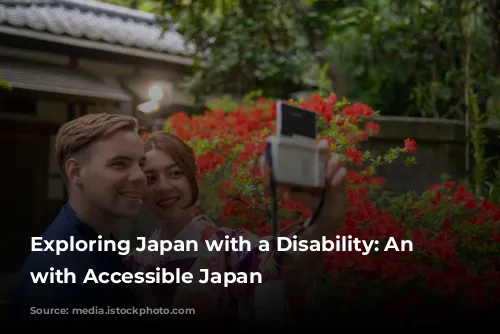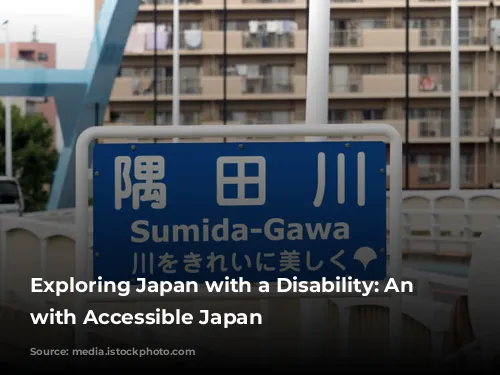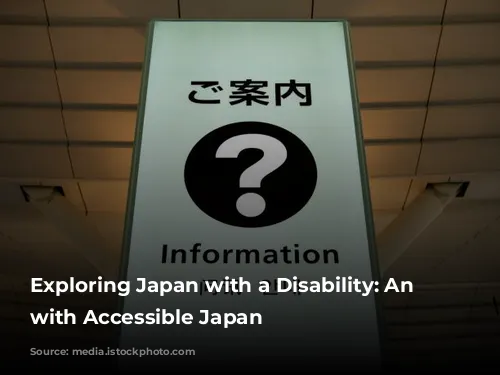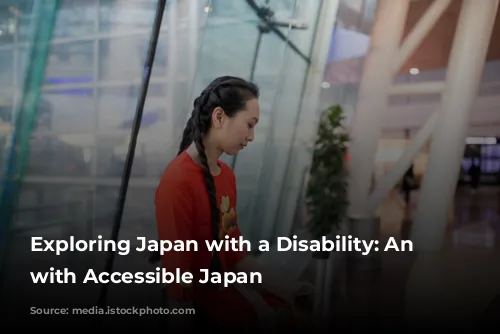Welcome to our interview with Josh, the creator of Accessible Japan, a website dedicated to helping travelers with disabilities explore the beauty of Japan!
Josh, thank you for joining us today. We’d love to learn more about your journey! Can you tell us a little bit about yourself? Where did you grow up, and what brought you to Japan?
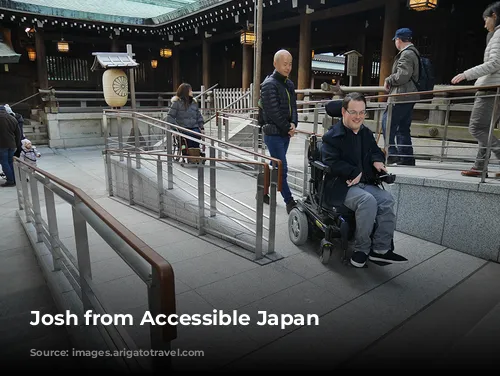
From Toronto to Tokyo
“Well, I’m originally from near Toronto, Canada. I first visited Japan back in 2000 and instantly fell in love with the country. I became a frequent visitor, returning year after year. In 2007, I decided to make Tokyo my home. I became a Japanese citizen in 2016 and currently work in marketing for a Japanese company.
I also have cerebral palsy and rely on a power wheelchair for mobility. Creating Accessible Japan was born from a desire to share my experiences and help other travelers with disabilities discover the wonders of Japan.”
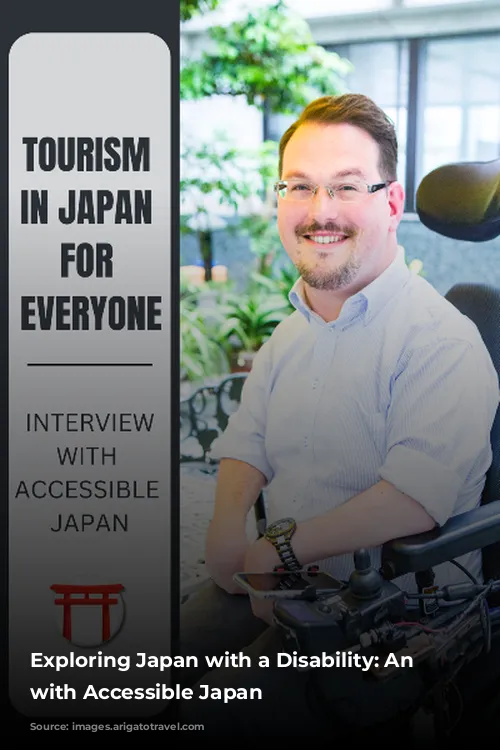
Accessibility in Japan: A Journey of Discovery
What inspired you to create Accessible Japan? Why is this resource so important?
“Accessible Japan was born from a need for reliable information. When I first visited Japan in 2000, finding accessible travel information was nearly impossible. Most guidebooks and websites offered only vague, unhelpful comments like ‘It would be difficult for users to get around in Japan’.
Fast forward to 2015, when I launched Accessible Japan. Not much had changed. The lack of readily available information was preventing many people with disabilities from experiencing this incredible country.
My goal with Accessible Japan is to show travelers with disabilities that Japan is a truly accessible destination. I want to empower them with the information they need to plan their trip confidently, without the worry of the unknown.”
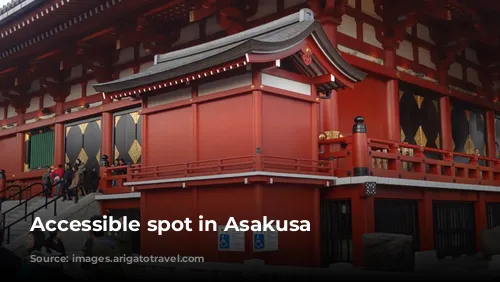
Navigating the Challenges: A Realistic Perspective
Is Japan generally accessible for people with disabilities?
“While Japan is certainly becoming more accessible, it’s important to be realistic. Many people only see the Japan portrayed on social media – crowded trains, cramped restaurants, and ancient temples with steep steps. This can make it seem like Japan isn’t a suitable destination for wheelchair users or those with other disabilities.
The truth is, Japan is a much more accessible place than many people think. Japan’s public transportation system is incredibly efficient and reliable. The percentage of accessible train stations is significantly higher than other major cities, including Paris, London, and New York. Plus, more and more tourist attractions are adding ramps, accessible restrooms, and other accessibility features every day.
There are challenges, of course. Finding accessible hotel rooms can be difficult, and there’s still a lack of accessible information available for many places. Some shops and restaurants remain inaccessible, which is a challenge in any destination. However, Japan is making strides toward greater accessibility, and the positive changes are happening rapidly.
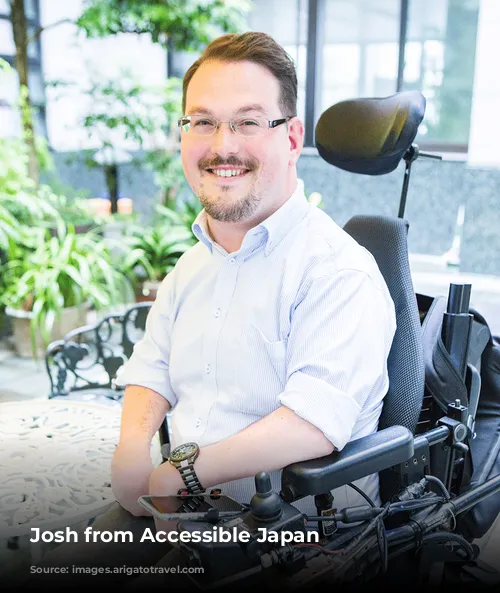
Overcoming the Staircase Challenge: Embracing the Uniqueness
Tokyo is renowned for its staircases. How do you navigate this challenge?
“Yes, Tokyo has a lot of stairs! But it also has a lot of elevators, although finding them can be a bit tricky sometimes. The real challenge for me isn’t necessarily the stairs themselves, but the steps. For a heavy power wheelchair user like me, even a single step can be like climbing a flight of stairs. It’s a barrier.
Many small stores and restaurants have a step at the entrance, and many traditional restaurants and inns have a ‘genkan,’ a step inside the building. This can be frustrating for travelers who are eager to experience Japanese culture. It’s not ideal to travel thousands of miles for authentic Japanese cuisine and a traditional onsen, only to find that you have to eat at a Western restaurant or stay in a Western-style hotel because of accessibility issues.
Thankfully, awareness is growing, and things are improving. I encourage visitors and tour guides to suggest portable ramps to business owners. They’re affordable and readily available online, and they can make a big difference for customers with disabilities.
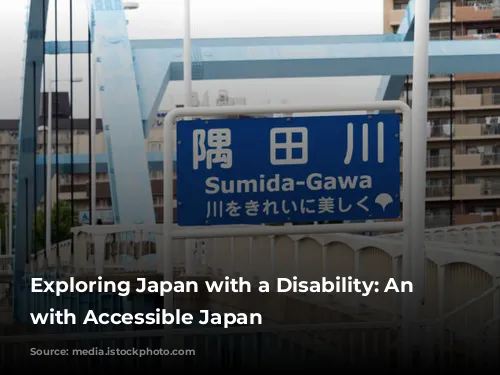
Building Bridges and Sharing Knowledge: The Power of Community
How did you gather all the information for Accessible Japan? What was it like to move to Tokyo and navigate life with a disability?
“Most of the information on Accessible Japan, especially the attractions section and general information, comes from my personal travel experiences in Japan. I also rely on online research and collaborate with friends, including Arigato Japan, for hotel and tour recommendations.
Moving to Tokyo was a lot of work. It required thorough research and support from friends who were already living here. There were challenges, like finding accessible housing, setting up personal care attendants, and dealing with bureaucracy. But it was all worth it. Tokyo is truly my home now.
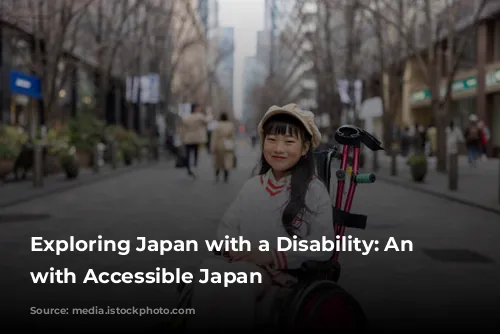
Progress and Change: Embracing the Future
Since moving to Tokyo, have you witnessed any significant improvements in accessibility?
“Yes, I’ve definitely seen positive changes in accessibility in Tokyo over the years. Government regulations and societal shifts have played a role, but I think the Tokyo 2020 Olympics and Paralympics really accelerated the process. Despite the challenges of hosting the games, they had a significant impact on accessibility and awareness of disability issues.
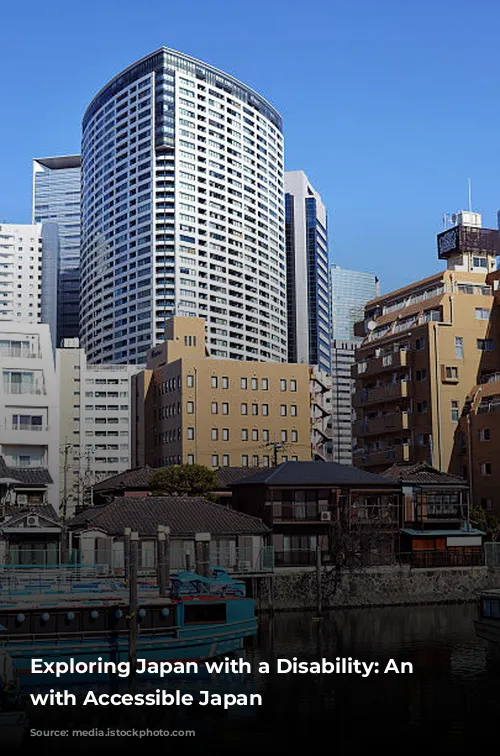
Unseen Challenges: A Call for Collaboration
Are there any unexpected challenges that travelers with disabilities might encounter in Tokyo?
“It’s tricky to answer that question because every disability is different. What’s easy for a wheelchair user might be challenging for someone with a visual impairment, and vice versa. For example, the number of accessible hotel rooms in Tokyo is much lower than in many other countries. Hotels often don’t promote these rooms on their websites, even if they have them.
Mobility scooters aren’t as common in Japan as they are in other countries. As a result, some hotels and stations aren’t sure how to accommodate them. I recommend contacting your hotel in advance and being prepared to negotiate.
Accessible Japan provides general information, but there are so many unique challenges that don’t fit into a general framework. That’s why I created Tabifolk, an online community for accessible travel. It’s a platform where people can share knowledge, solve problems together, and support each other. The Japan group is very active, and I encourage anyone with questions to join us!
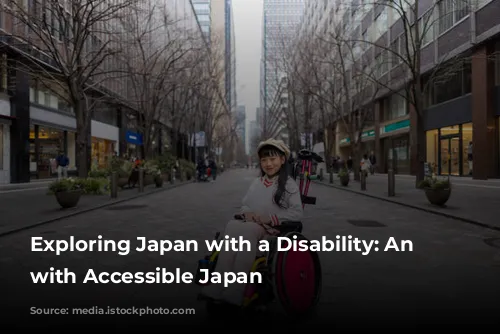
A Dream for the Future: Embracing Inclusivity
What are your future goals for Accessible Japan?
“My dream is that one day, Accessible Japan will no longer be necessary. I hope that all hotels, tourist attractions, transportation providers, and tour operators will readily share accessibility information.
Until then, I want to continue expanding Accessible Japan’s content to cover more of the country in greater depth. This is a big task, and I can’t do it alone. I look forward to strengthening partnerships with companies like Arigato Japan so that we can work together to make this incredible country accessible and welcoming to everyone.
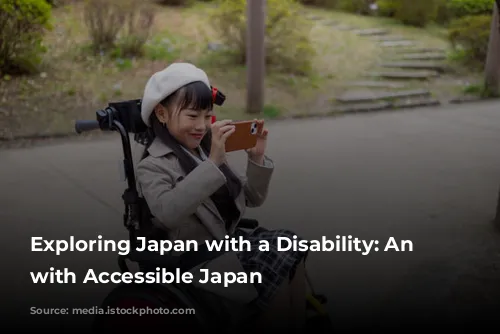
Join the Journey: Exploring Japan Together
Thank you so much for your time, Josh! We appreciate your dedication to making Japan more accessible for everyone. We hope the information Accessible Japan shares will help you have an amazing experience in Japan!
Don’t forget to visit Accessible Japan’s website to learn more about accessible travel in Japan.
Contact us anytime if you’d like to learn more about our accessible tours!
Pin this for later!
